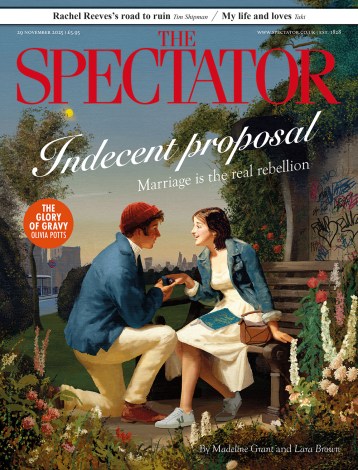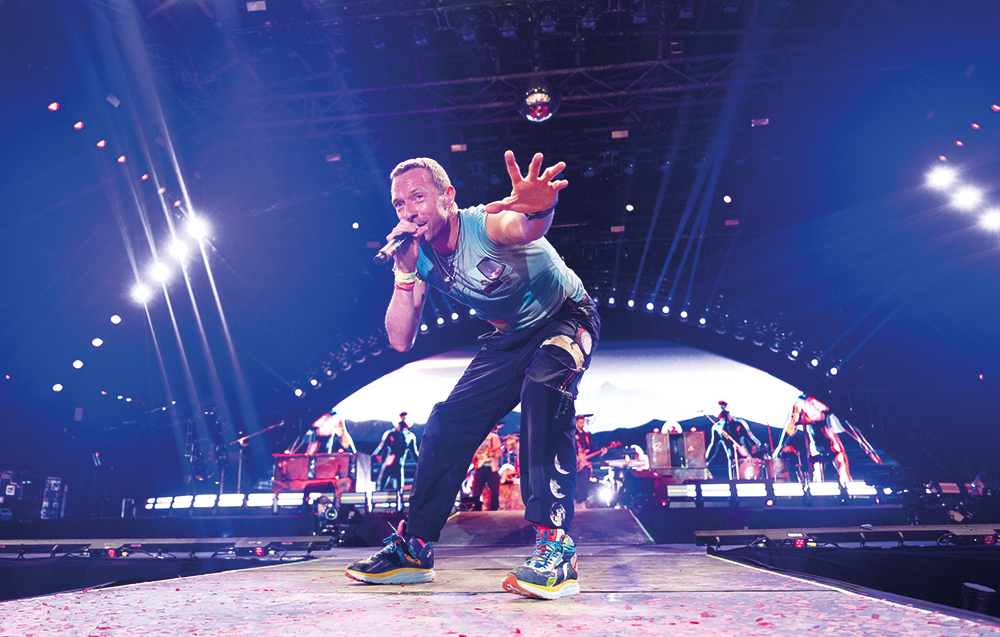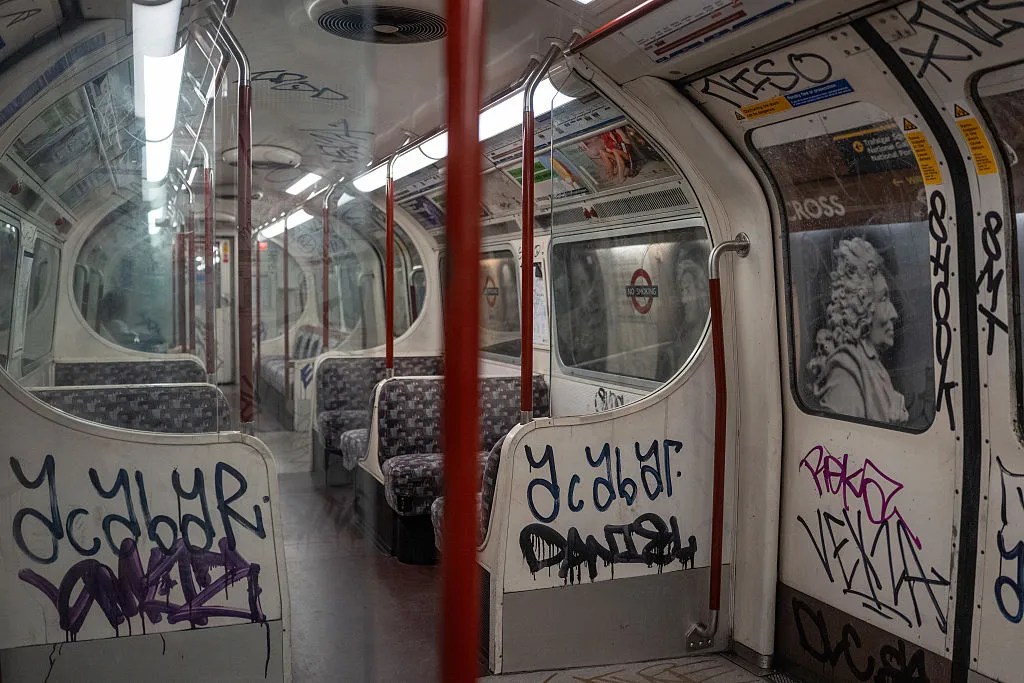There’s yet to be a Glastonbury line-up that hasn’t provoked a chorus of naysaying. Refrains like ‘looks rubbish. I wouldn’t go’ and ‘not like it used to be’ are de rigueur. Dismissing the headliners as ‘crap this year’ rivals football as the nation’s favourite sport. Yet there’s something to be said for trusting the Glastonbury bookers: check out, say, the lower-tier bands on the 1994 poster and see how many greats they discovered before they were famous – Radiohead, Pulp, Oasis…
Nowhere else in the world could hand written signs for toilets induce a Proustian yearning to return
Glastonbury’s prestige and legendary ‘vibe’ are now such that the festival is bigger than any of the artists playing there. This works against US headline acts, which treat the festival like an extension of their Vegas residency, recalling the scene in The Simpsons where Spinal Tap have to check the back of the guitar to remember what town they are playing. But it pays dividends for clued-up veterans like Coldplay who know exactly how to milk the occasion to the point where even those in the audience who think they loathe ‘anthemic rock for bedwetters’ suddenly find themselves tearful with nostalgia. Just as there are no atheists in a foxhole, so there are no haters in a Coldplay crowd.
On the whole, it was a year where the veterans capitalised, with LCD Soundsystem, the Streets and James providing some of the most rousing sets. Knowing little of her act, I was very prepared for Sunday headliner SZA to be brilliant – but streaming figures (she was Spotify’s 16th most played artist) don’t necessarily translate to the stage. Though the termite-cave set design was some of the Pyramid’s best, her vocals from the speakers were so garbled that the lyrics were indistinguishable, and the Pyramid lay unusually empty. British rapper Little Simz – who played the day before – could have ably taken her slot and is surely a future headliner.
This year, the festival failed to account for a force that crept up and pushed several stages to bursting: noughties nostalgia. Driven by a perfect storm of thirtysomethings revisiting their youth and teenagers brought in from y2k’s second wind on TikTok, the trend became more and more pronounced. It started on Friday with newly reformed Sugababes (placed criminally on the festival’s third biggest stage) and ended with a game of millennial sardines as Avril Lavigne awakened a generation’s teenage crushes on the second-ranked Other Stage. One can only speculate as to the festival politics of it all – a sparsely populated Pyramid Stage was meanwhile left to the under-loved R&B artiste Janelle Monáe. Indeed, contrary to search engine-driven clickbait, the festival wasn’t overwhelmed by barrier-hoppers, but by mislocated acts – there was space, but in the wrong spots.
Navigating a festival is difficult. You find yourself trying to see all your favourite acts, while also attempting to stay together as a group and keeping sufficiently fed, watered and inebriated. There’s something of a military campaign about it (a nascent field marshal in your group will often emerge), and when you see the weary souls striking camp five days later, the metaphor comes into full force. The issue – and joy – of Glastonbury is that another element comes into play. For where other festivals focus solely on the musical offering, Glastonbury insists on more.
Away from the main stages, distant fields play host to all sorts of hippie weirdness. You may variously find yourself surrounded by people dressed as sheep/green men/Antarctic explorers all on the way to a sound bath, or whittling a spoon in the ‘permaculture’ zone. If you needed to decompress, you can do so in a smoky sauna hut surrounded by naked people with hair in places you didn’t even know it could grow. At night, it’s almost like a whole other festival stacked on top, with entire areas filled with electronic dance-music stages that only come alive after midnight. Banksy, inevitably, threw his lot in, providing the middle classes with some faux-deep art in the form of a migrant dinghy cresting the crowd during Idles’ set.
Relating the Glastonbury experience is a tough task. You come across like an evangelical preaching to non-believers, and going on about it is anathema to all but those who’ve been themselves. Nowhere else in the world could handwritten signs for toilets induce a Proustian yearning to return. There will always be those decrying the festival as ruined and yet every year it continues to prove them wrong.







Comments